Description
EM surveys involve transmitting electromagnetic waves into the ground and measuring the induced electrical currents. Hydrocarbon-bearing formations typically exhibit resistive properties, contrasting with conductive saline water zones. CSEM is widely used in offshore exploration, where a transmitter tows an electric field over the seafloor, detecting resistive hydrocarbon accumulations. Magnetotelluric (MT) methods use natural variations in the Earth’s magnetic field to probe deep subsurface conductivity. Resistivity methods involve passing electrical currents through the ground and analyzing resistivity variations, useful for delineating reservoir boundaries. Advances in inversion modeling and machine learning enhance interpretation accuracy.

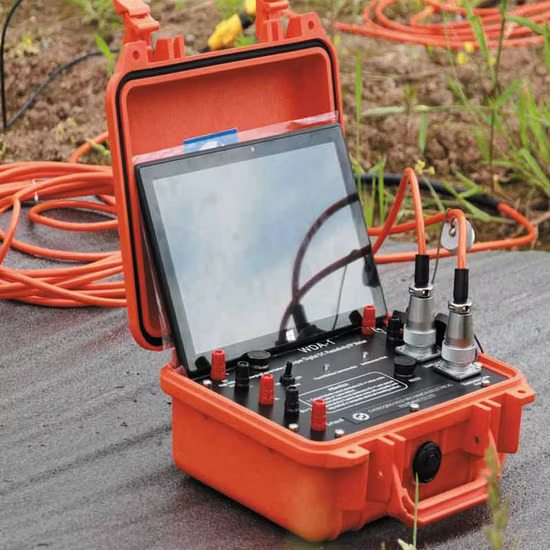
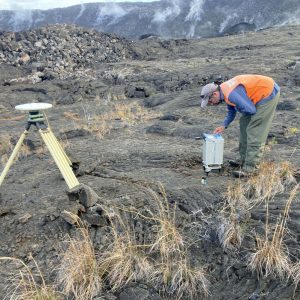
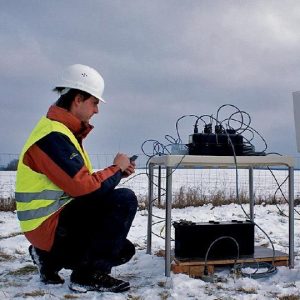
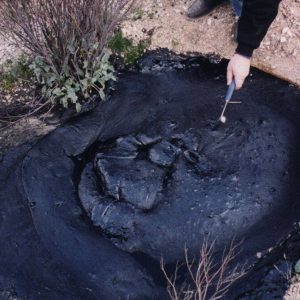
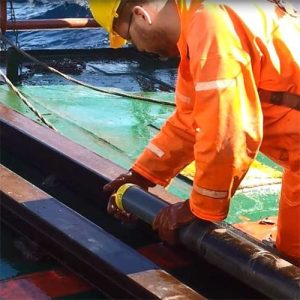


Collins –
“I was thoroughly impressed with the “Electromagnetic (EM) and Resistivity Methods” guide. It provided an in-depth and accessible overview of these techniques, making them easy to understand and apply. The guide’s comprehensive coverage and clear explanations have significantly enhanced my knowledge and understanding of EM and resistivity surveys. It’s an invaluable resource for anyone involved in oil and gas exploration.”
Memunat –
“Electromagnetic (EM) and Resistivity Methods” from Oil And Gas Exploration Guides provided me with comprehensive insights into these geophysical techniques. The guides offered a clear and well-organized understanding of EM and resistivity surveys, making it easy to grasp the concepts and their applications in hydrocarbon exploration. The focus on controlled-source EM (CSEM) was particularly valuable for my offshore exploration work. The guides also included helpful illustrations and real-world examples, enhancing my comprehension and confidence in utilizing these techniques for successful exploration outcomes.”
Taye –
“The “Electromagnetic (EM) and Resistivity Methods” guide is an exceptional resource for professionals in the oil and gas industry. Its comprehensive coverage of EM and resistivity surveys provides valuable insights into subsurface formations. The guide effectively explains the principles and applications of these techniques in different exploration scenarios. It has greatly enhanced my understanding of hydrocarbon detection, fluid movement, and geological structures, making it an invaluable tool for my work.”
Kenneth –
“Electromagnetic (EM) and Resistivity Methods” provided me with an invaluable understanding of these geophysical techniques. The guide’s thorough explanations and practical examples enabled me to grasp the principles, applications, and limitations of EM and resistivity surveys. It has significantly enhanced my ability to interpret subsurface data and make informed decisions in hydrocarbon exploration and geological investigations.”